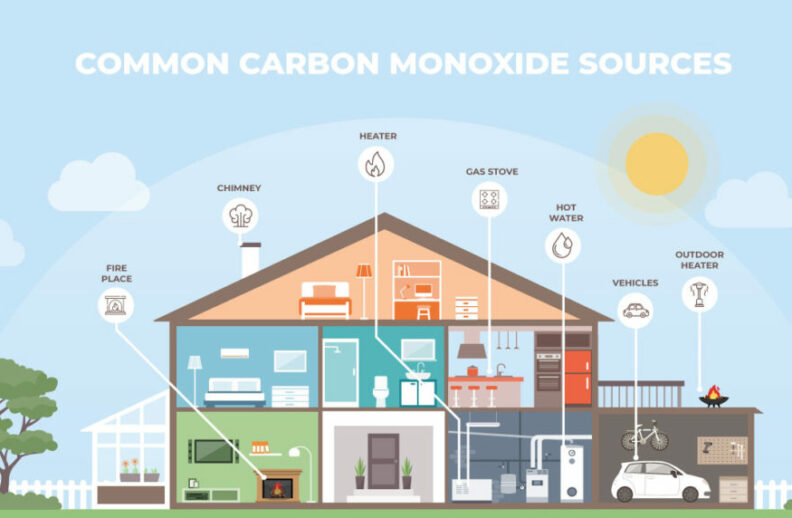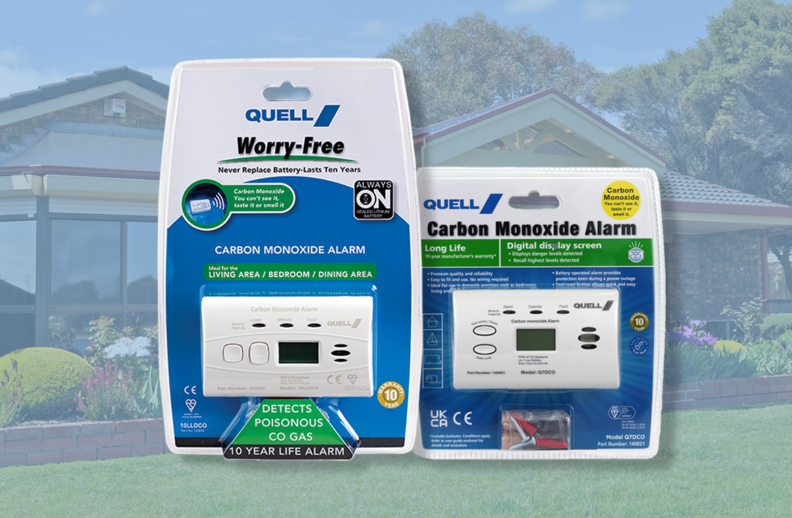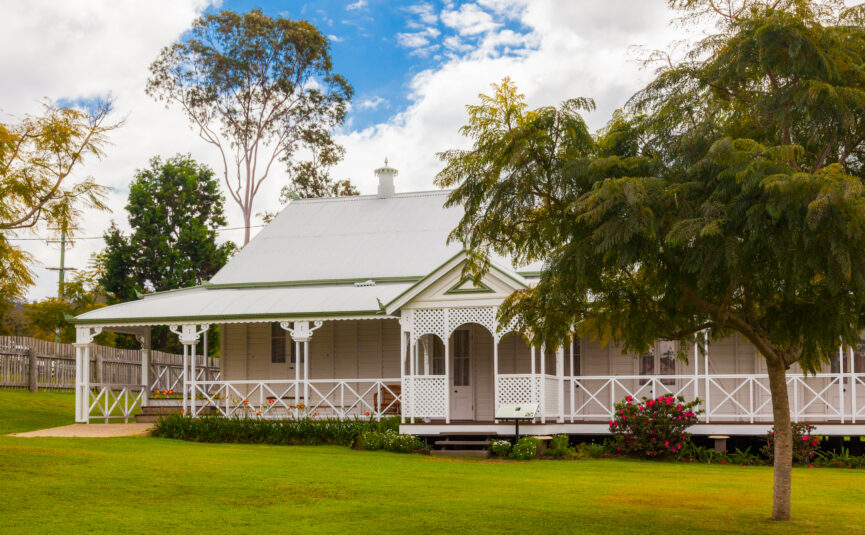As the temperature drops across Australia, knowing the risks associated with cooler weather is important. Using fuel-burning appliances (like gas heaters) during winter greatly increases the risk of carbon monoxide (CO) poisoning and fire in the home.
Statistics suggest that 43% of all fire fatalities occur in winter, often due to the misuse of heaters. Kidde suggests to prevent fire risks this winter, ensure you have a working smoke alarm and that space heaters meet the latest safety standards, which would include having a cut-off device if the heater tilts beyond specific angles, placing heaters on a stable non-flammable surface, keeping all materials at least 1 metre away from a heat source and turning heaters off when you leave an area or before going to bed.

Fuel-burning heaters and cooking appliances (wood and gas) can pose a CO risk if they are faulty or are being used incorrectly. Carbon monoxide, often called the ‘silent killer’, is a colourless, tasteless and odourless poisonous gas that is produced from the incomplete combustion of fuels. When a fire burns in an enclosed room, the oxygen in the room is gradually used up and replaced with carbon dioxide. Following a build-up of carbon dioxide in the air, the fuel is prevented from burning fully and it starts to release carbon monoxide.
Breathing in air with high concentrations of carbon monoxide causes the body to replace the oxygen in red blood cells with carbon monoxide, leading to carbon monoxide poisoning. It is difficult to tell if someone has carbon monoxide poisoning due to the typical nature of its symptoms. The most common symptoms seen in carbon monoxide poisoning cases are:
- Headache
- Nausea
- Vomiting
- Dizziness
- Shortness of breath
These symptoms may be common, but can also indicate a serious problem. If not treated immediately, carbon monoxide poisoning has the potential to cause brain and heart damage, miscarriage, and even death. Kidde recommends having your gas appliances checked by a qualified technician and ensuring that at least one CO alarm is present on each level of your home, ideally in or near any room with a fuel-burning appliance (such as a boiler, gas cooker, fireplace or heater).
Erin Craven, Business Leader for Residential Fire at Kidde says that the winter months can be a serious safety hazard if families are unprepared. “This is a great time, not only to check the fire alarms in your home are functioning, but also to research into what other safety equipment you may need in your home to protect your family in the best possible way.”
Find out where to purchase your next Quell Smoke or CO Alarm here

